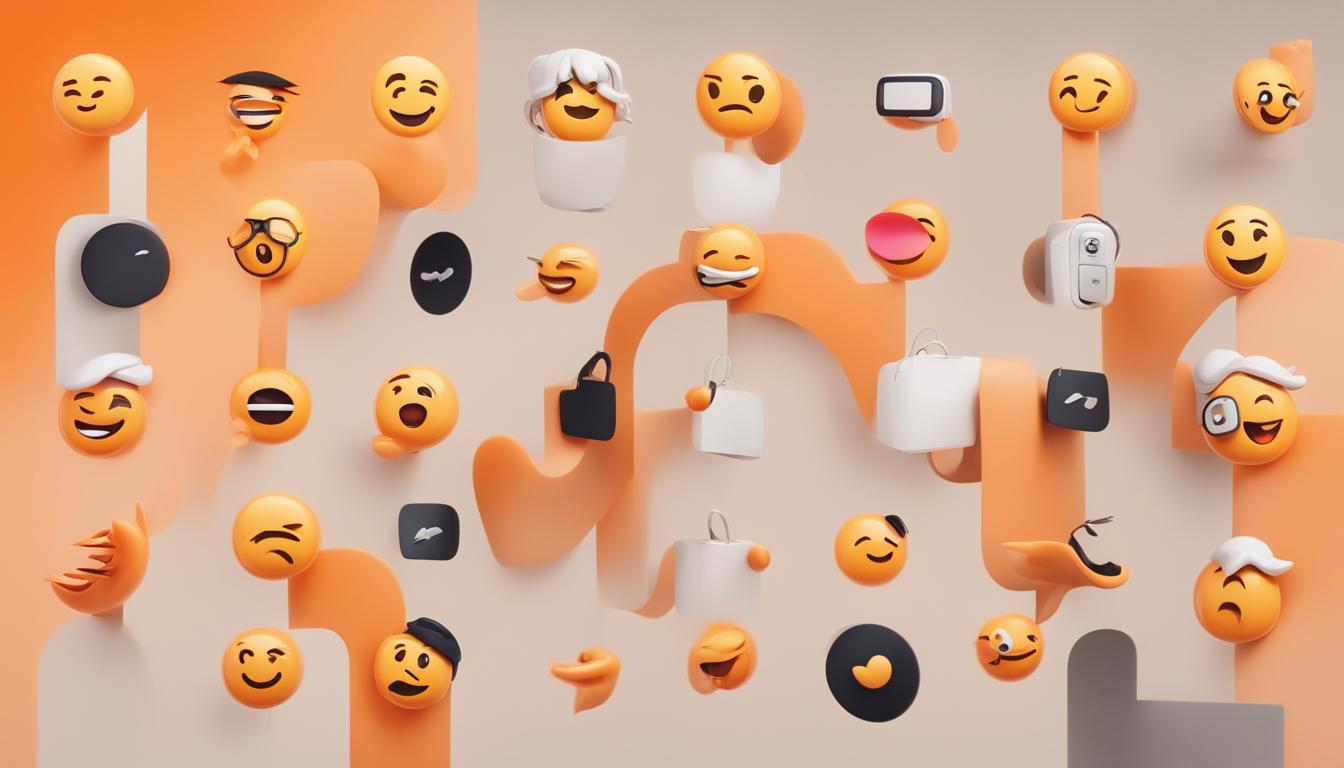The Transformation of Emojis in Gen Z Communication
Adam Aleksic, a Gen Z linguist and content creator, notes a significant shift in the use of emojis among young people. In recent years, emojis like the skull emoji 💀 have evolved to convey humor or irony, rather than their traditional meanings. For instance, using the skull emoji is akin to adding an exclamation point or question mark to clarify a message’s tone.
Emojis serve as modern "tone tags," much like historical attempts to denote tone through punctuation, such as the 1580s “percontation point” (⸮) for rhetorical questions. With the rise of digital communication, marking tone has become essential to avoid misinterpretations.
Since the introduction of the emoji keyboard in 2011, emojis like the laughing-crying face 😂 became too common, leading to new trends. This process, known as "semantic bleaching," dilutes original meanings over time. Today, the skull emoji is already seeing overuse, leading to the emergence of new symbols like the tombstone to indicate genuine laughter.
This rapid evolution of tone tags reflects the unique communication landscape of Gen Z, who grew up with smartphones and online interactions, necessitating constant adaptation to maintain clarity in digital conversation.
